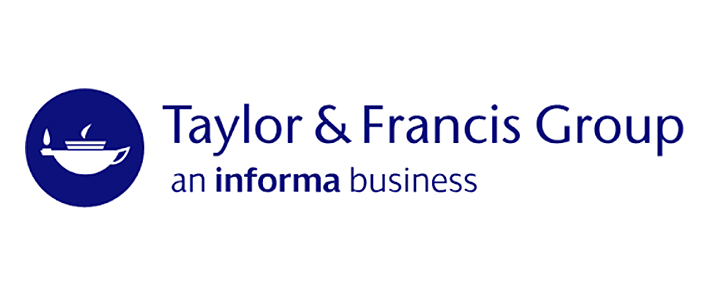Bridging the Gap to University Mathematics [electronic resource] / by Edward Hurst, Martin Gould.
Material type: TextPublisher: London : Springer London, 2009Description: XI, 344 p. online resourceContent type:
TextPublisher: London : Springer London, 2009Description: XI, 344 p. online resourceContent type: - text
- computer
- online resource
- 9781848002906
- 510 23
- QA1-939
Inequalities -- Trigonometry, Differentiation and Exponents -- Polar Coordinates -- Complex Numbers -- Vectors -- Matrices -- Matrices as Maps -- Separable Differential Equations -- Integrating Factors -- Mechanics -- Logic, Sets and Functions -- Proof Methods -- Probability -- Distributions -- Making Decisions -- Geometry -- Hyperbolic Trigonometry -- Motion and Curvature -- Sequences -- Series.
Full-worked solutions to all exercises available at www.springer.com Written by students for students, Bridging the Gap to University Mathematics is a refreshing, new approach to making the transition into undergraduate-level mathematics or a similar numerate degree. Suitable for students of all backgrounds, whether A-level, Scottish Higher, International Baccalaureate or similar, the book helps readers to shape their existing knowledge and build upon current strengths in order to get the most out of their undergraduate studies. The book can be used as a source of private study before embarking on a degree or as a textbook for an introductory course. Clear descriptions and a vast assortment of exercises – complete with solutions – enable the reader to develop and then practice new skills. Topics are delivered as twenty self-contained, manageable chapters, allowing students to dip in and out as they require, easily identifying those areas on which they need practice, whilst skimming over more familiar material. Important concepts are introduced in an easy-to-read manner with a sustained emphasis on worked examples and applications rather than abstract theory. Each chapter also includes an insight into where the reader’s new skills will be employed during the course of their studies, providing a springboard to further research where desired. .
There are no comments on this title.


























